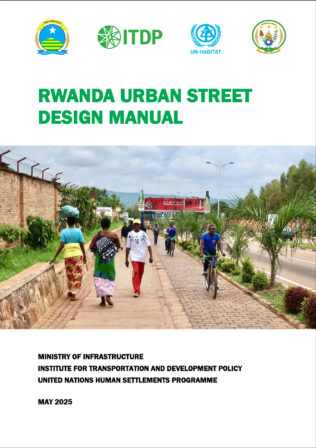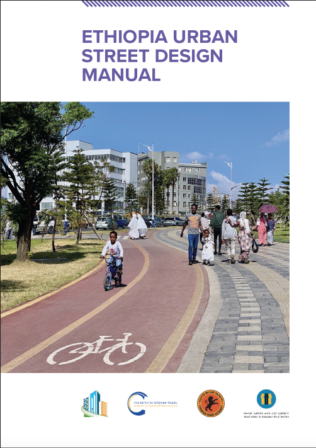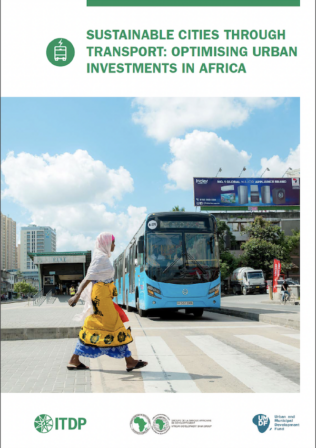A study on gender equity in Greater Cairo’s public transport system
Until recently, transport planning operated under the assumption that women and men benefit from services equally. The reality, however, dictates a different experience for women and men. The Institute for Transportation and Development Policy (ITDP) in partnership with the New Urban Communities Authority (NUCA), UN Women, and UN-Habitat undertook this study which included a series of surveys and focus group discussions with commuters in the city to develop a better understanding of the challenges women face while using the transport system. The results can help inform the transportation planning process, ensuring the inclusion of data-driven gender concerns in the service plan and infrastructure designs.
The studies point to a number of challenges faced by women, including irregular service, overcrowding, and the constant risk of sexual harassment. Over 80% of women surveyed face harassment at some stage of their journey, including the walk to the stops, the wait for the vehicle, the boarding process, and the ride itself. A lack of adequate services and the resultant overcrowding heightens the risk of harassment. Survey findings point to the diversity of trips taken by women, reflecting women’s childcare and household responsibilities. Women with disabilities face unique challenges due to the lack of access in stops and vehicles, poor last-mile connectivity, and overcrowding that makes it difficult to board vehicles.
Focus group and survey participants stressed the importance of safe spaces throughout the journey, with 90% of women surveyed in favour of dedicated sections for women on road-based public transport vehicles, mirroring women’s carriages in Cairo’s metro system. Participants called for expanded public transport fleets to address overcrowding and improve reliability. Complaint redressal systems are needed to ensure that perpetrators are brought to justice. Safe, universally accessible sidewalks with adequate lighting and shopfronts that offer an “eye on the street” effect are needed to improve security during the walk to public transport stops and stations.
Addressing the challenges faced by women will require joint efforts by multiple agencies that plan, design and manage the transport system. It must ensure that physical designs and operations are responsive to women’s needs, including those with disabilities. It is also important to initiate campaigns to prevent harassment, inform women about available resources and set standards for women’s employment. Ongoing enforcement and complaint redressal should involve the police in partnership with front-line staff.
Through collective action, stakeholders in the transport system can ensure that transport services offer a secure environment that better allows for women’s mobility and access.




